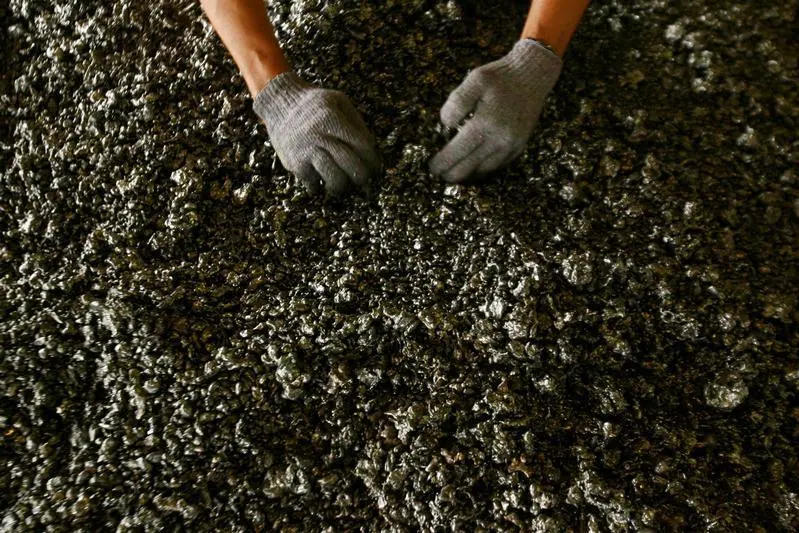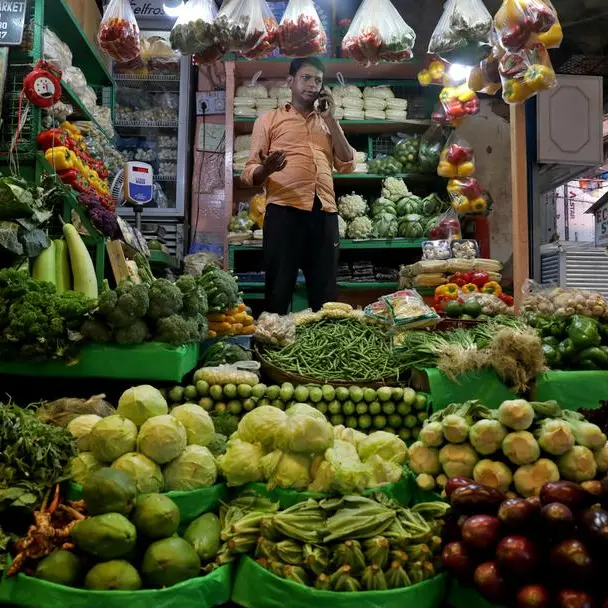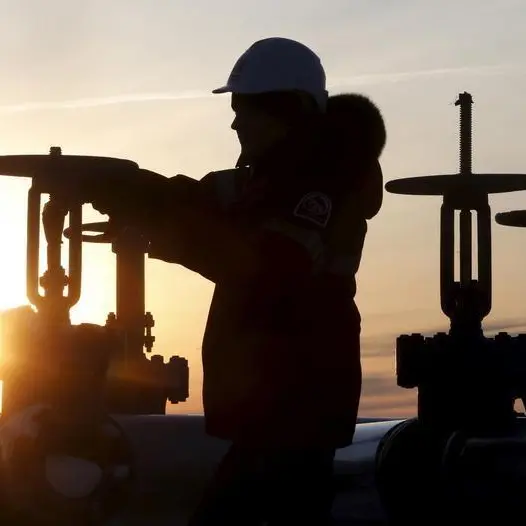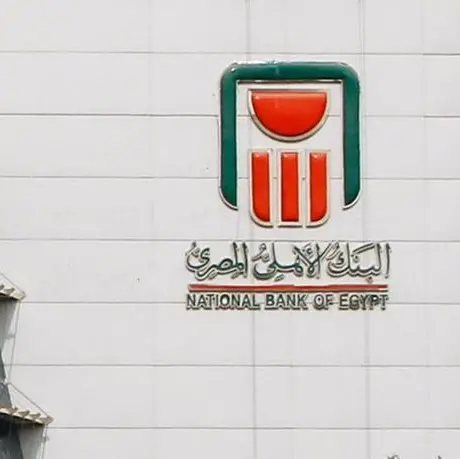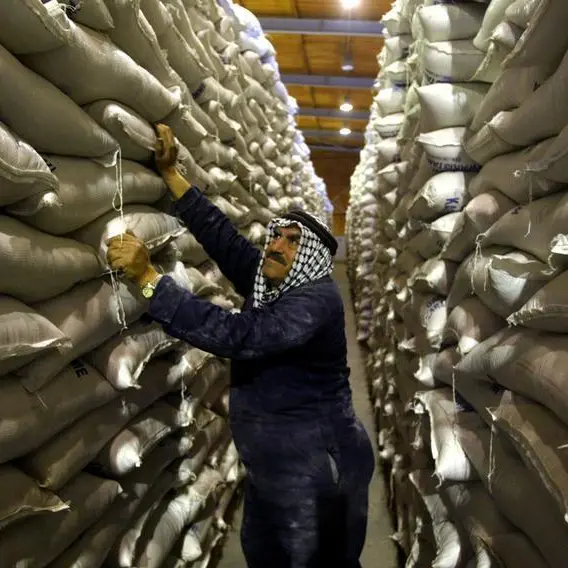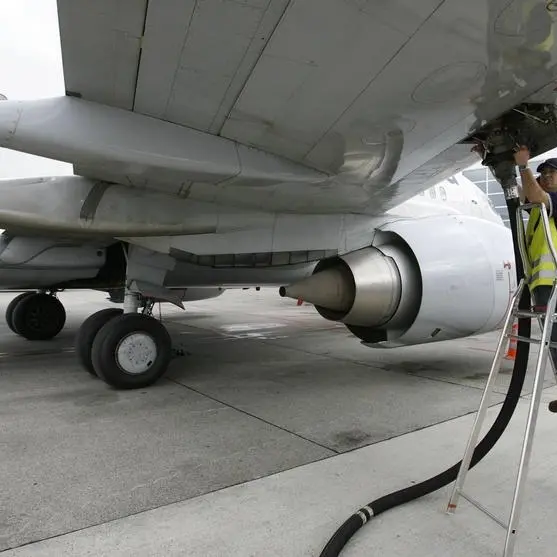PHOTO
LONDON- The London Metal Exchange (LME) halted nickel trading on its electronic system almost immediately on Wednesday in a chaotic resumption of business for a market that has been in limbo for over a week.
LME nickel prices are used as a reference for deals between end-users of the metal and producers and the disorderly reopening left some traders questioning whether participants might look for alternative venues.
In an attempt to prevent wild price swings, the LME introduced limits of 5% above or below the last closing price but it said technical issues allowed a small number of trades to go through below Wednesday's new lower limit.
"What a mess. It's embarrassing, disorderly doesn't even begin to describe it," one metals trader said. "People will start thinking about moving away from the LME."
The LME nickel market was suspended on March 8 after China's Tsingshan Holding Group bought large amounts of nickel, propelling the metal up more than 50% in a matter of hours to a record above $100,000 a tonne, sources have said.
When the market reopened, prices fell instantly, triggered by expectations that Tsingshan would no longer need to buy metal immediately to cover its bets on lower prices after striking a standstill arrangement with a group of banks.
"As the market opened (the electronic system) discovered an opening price of $45,590," the LME said. "Unfortunately, due to a systems error, LMEselect then allowed a small number of trades to be executed below this lower daily price limit."
The exchange said all trades executed on the LMEselect system at the lower daily limit would remain, but those below would be cancelled. The telephone market, or inter-office trading, remained open.
Nickel trading on the Shanghai Futures Exchange was halted for one day last week but has since continued while the LME contract has been out of action. It traded at around 235,200 yuan a tonne, or around $37,000, on Wednesday.
Sources said there was a lot of nickel on offer on the LME's electronic system as traders expected prices to fall towards those in Shanghai.
"LME nickel is on its own, completely dislocated from the rest of the world," said Saxo Bank analyst Ole Hansen. "For now, let's say Shanghai nickel is the global market because at least it is trading."
WHY 5%?
The LME also introduced 15% trading limits for all of its other main metals including copper and aluminium this week, the first time in its 145-year history that it has put limits on outright contracts.
"The big questions is why did the LME set a 5% limit for nickel when they put 15% on other metals. If they had left this alone it would have probably gone down around where Shanghai is," said Malcolm Freeman at Kingdom Futures.
When Shanghai resumed nickel trading last week, the exchange introduced trading limits of 17%.
Besides suspending nickel trading for only the second time in its history, the LME also cancelled all trades on March 8 and extended deadlines for those with obligations to deliver physical metal against its contracts.
The price of nickel, which is used to make stainless steel and is a key material for electric vehicle batteries, had been rising steadily even before the conflict in Ukraine ramped prices up even further.
Russia accounts for about 10% of global nickel output and traders were concerned supplies could be constrained by Western sanctions on Moscow.
One of the main reasons nickel trading resumed on LME was Tsingshan's deal with banks under which they agreed not to make margin calls on, or close out, its nickel positions on the exchange.
Bearish sentiment was also reinforced on Wednesday by a report from the state-backed Shanghai Securities News that Tsingshan had agreed with two companies to swap its nickel products with a purer form of the metal to close out its large short positions on LME.
The LME, the world's oldest and largest market for industrial metals, is owned by Hong Kong Exchanges and Clearing Ltd.
(Reporting by Pratima Desai, Zandi Shabalala and Eric Onstad; Editing by Veronica Brown and David Clarke)
